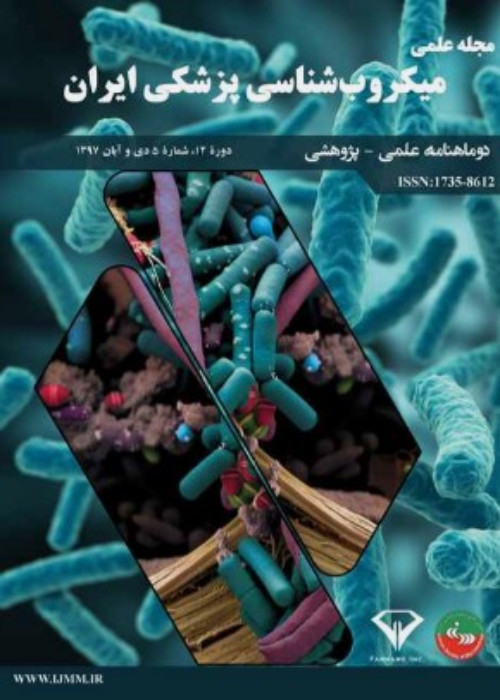Effects of low-power laser irradiation on the growth of staphylococcus aureus with and without the presence of caffeic acid
Author(s):
Abstract:
Background And Objectives
Staphylococcus aureus is the aetiological agent of a wide range of infections. The role of staphylococcus aureus an important infection pathogen is clearly determined. But one of the major challenge of human is the antibiotic resistance because of vast prescription of the antibiotics. The purpose of this investigation was to determine low power laser and caffeic acid effects on S. aureus and whether this strategy could be used to kill the bacteria in vitro. Material And Methods
In vitro investigation of antibacterial properties of Low-power laser and caffeic acid carried out on clinical and standard strains of S. aureus. The samples from 10 cases were collected from wounded of the skin in burning infection. S. aureus species in the samples were identified by standard morphology, microscopy, and biochemistry and PCR tests. Then minimum inhibitory concentration (MIC) of caffeic Acid were determined for the microorganism by macro dilution method. The samples were exposed to 2mW He-Ne laser for 2 or 3 min in the presence of sub MIC concentration caffeic acid separately or together and then cultured on nutrient agar and then incubated in 37°C 24 h and after that number of colonies was counted to quantification bacterial cell death.Results
Certain concentrations of the extracts showed significant antibacterial effect on the strains. Extracts with 20 mg concentration showed defined growth inhibitory effect and 30 mg concentration showed both inhibitory and bactericidal effects on all of the given bacteria. The minimum inhibitory concentrations were determined 7mM for S. aureus, 6.5 and 6.75 mM considered as sub-MIC concentrations. Triplicate data of colony count showed that caffeic acid suppresses the colony production of the staphylococcus in a concentration dependent manner in comparison with control group (p<0.0001). Invitro studies of low power laser (2mW) effects show its suppressive properties in exposure time dependent manner. The difference between 3 and 2min laser exposures show significant decreasing of colonies growth (p<0.0001). There was same difference between 2min and control without exposure (p<0.0001). Co-exposure of samples with laser and caffeic acid show a synergetic effect in the colony formation reduction in comparison with sole caffeic acid (p<0.0001) or laser (p<0.0001). Conclusion
In this study Low-power He-Ne laser suppressed the colony formation of staphylococcus aureus growth and co-exposure of laser and caffeic acid boosted the bactericidal effectiveness.Keywords:
Language:
Persian
Published:
Iranian Journal of Medical Microbiology, Volume:5 Issue: 1, 2011
Page:
34
magiran.com/p992155
دانلود و مطالعه متن این مقاله با یکی از روشهای زیر امکان پذیر است:
اشتراک شخصی
با عضویت و پرداخت آنلاین حق اشتراک یکساله به مبلغ 1,390,000ريال میتوانید 70 عنوان مطلب دانلود کنید!
اشتراک سازمانی
به کتابخانه دانشگاه یا محل کار خود پیشنهاد کنید تا اشتراک سازمانی این پایگاه را برای دسترسی نامحدود همه کاربران به متن مطالب تهیه نمایند!
توجه!
- حق عضویت دریافتی صرف حمایت از نشریات عضو و نگهداری، تکمیل و توسعه مگیران میشود.
- پرداخت حق اشتراک و دانلود مقالات اجازه بازنشر آن در سایر رسانههای چاپی و دیجیتال را به کاربر نمیدهد.
In order to view content subscription is required
Personal subscription
Subscribe magiran.com for 70 € euros via PayPal and download 70 articles during a year.
Organization subscription
Please contact us to subscribe your university or library for unlimited access!


